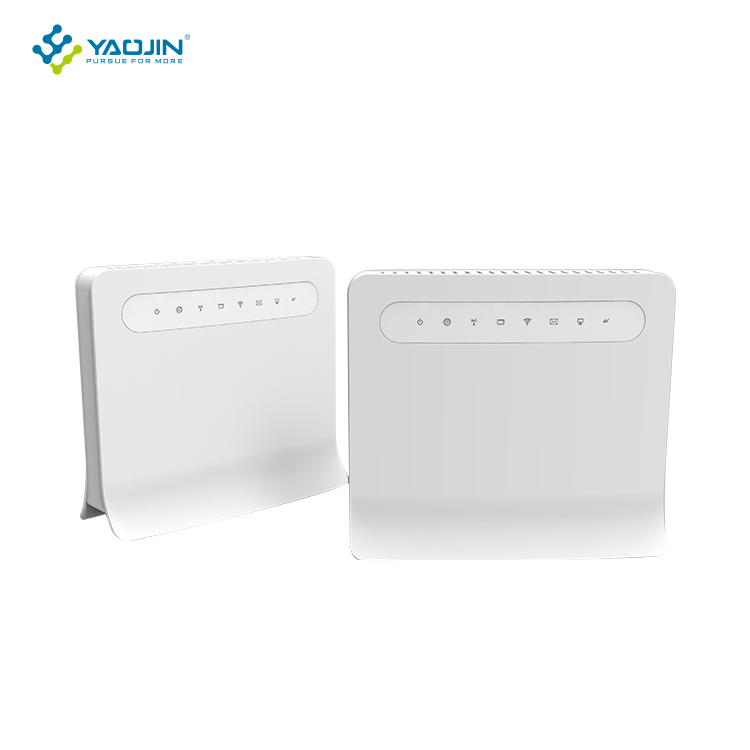Features and advantages of Indoor CPE
2023-10-16
Indoor CPE (Customer Premises Equipment) refers to the networking devices used by end-users to connect to and access internet services within their premises. Here are some features and advantages of indoor CPE:
1. Connectivity Options: Indoor CPE devices provide multiple connectivity options, such as Ethernet ports, Wi-Fi, or both. This allows users to connect their devices, such as computers, smartphones, smart TVs, or gaming consoles, to the internet using wired or wireless connections.
2. High-Speed Internet Access: Indoor CPE devices support high-speed internet access, enabling users to enjoy faster download and upload speeds. They are often compatible with modern broadband technologies, such as fiber-optic, cable, or DSL, to provide efficient internet connectivity.
3. Network Management: Indoor CPE devices often come with built-in network management features. These features allow users to monitor and manage their home network, including configuring security settings, creating guest networks, setting parental controls, and optimizing network performance.
4. Voice Services: Some indoor CPE devices also support voice services, such as Voice over IP (VoIP), allowing users to make phone calls over the internet. This eliminates the need for a separate telephone line and provides cost savings for voice communication.
5. Multiple Device Support: Indoor CPE devices are designed to support multiple devices simultaneously. They have the capacity to handle multiple connections and provide a stable and reliable internet connection to all connected devices within the premises.
6. Security Features: Indoor CPE devices often include security features to protect the network and connected devices from potential threats. These features can include firewall protection, encryption protocols, and VPN (Virtual Private Network) support to ensure secure data transmission and prevent unauthorized access.
7. Easy Installation and Setup: Indoor CPE devices are typically designed for easy installation and setup. They often come with user-friendly interfaces, intuitive setup wizards, and detailed instructions, making it convenient for users to get their network up and running quickly.
8. Device Compatibility: Indoor CPE devices are compatible with a wide range of devices and operating systems. They can seamlessly integrate with various devices, including computers, smartphones, tablets, smart home devices, and IoT (Internet of Things) devices, allowing users to connect and control their devices easily.
9. Reliability and Stability: Indoor CPE devices are built to provide a stable and reliable internet connection. They incorporate technologies such as Quality of Service (QoS) and advanced signal processing to optimize network performance, minimize latency, and ensure a consistent and uninterrupted internet experience.
10. Scalability: Indoor CPE devices are scalable, allowing users to upgrade or expand their network as needed. They can support higher bandwidths, additional devices, or advanced features by simply upgrading the device firmware or adding external components, offering flexibility for future network requirements.
In summary, indoor CPE devices offer connectivity options, high-speed internet access, network management features, voice services, multiple device support, security features, easy installation and setup, device compatibility, reliability and stability, and scalability. These features make indoor CPE an essential component for end-users to access and enjoy fast, secure, and reliable internet connectivity within their premises.



